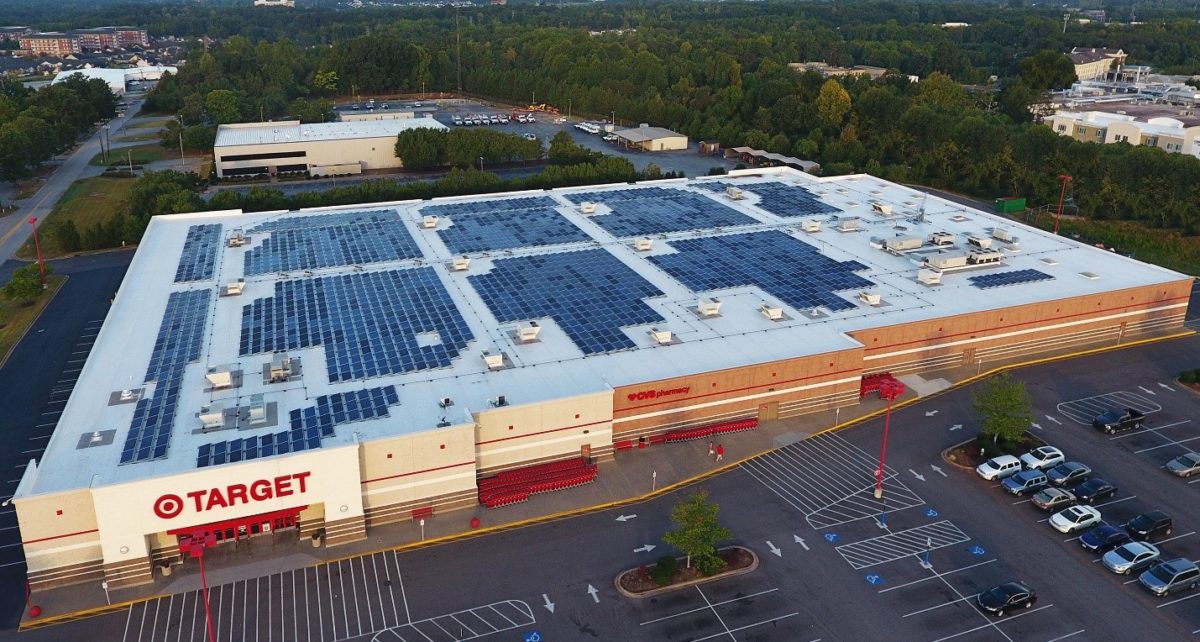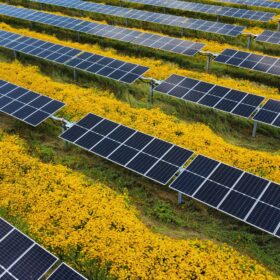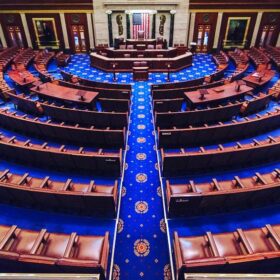The expansion of solar power plants as assets continues. Historically, the residential and utility scale sectors had collected most of the attention as financing small business – with the separation between building owners and building occupiers paying for the solar – was a bit tougher, and this sector grew slower than either of its siblings.
However, with research suggesting (PDF) hundreds of gigawatts of solar capacity potential on rooftops in this sector, it was only going to be so long before the finance experts of the world figured out how to underwrite an opportunity worth hundreds of billions.
As part of this trend, Open Energy is launching a $50 million lease program for commercial solar power projects, with hopes to expand it to $100 million before the end of the year. The group aims to fund projects that cost between $250,000 and $2 million.
pv magazine has calculated that this will likely mean project sizes as ranging from 80 kW-DC (~8,000 square feet of rooftop space) to a bit over over 1 MW-DC (~100,000 square feet).
In an investor focused document on its website (PDF), Open Energy suggests:
In the northeastern region of the United States alone, there exists an estimated $67.5 billion worth of rooftop project development opportunities to host mid-size solar installations. In the state of California, the non-residential solar market grew by 45% from 2014 to 2015 as demand increasingly emerges outside of state-incentive-driven opportunities.
In 2017 – the only sector to grow in the United States was what GTM Research refers to as ‘non-residential/non-utility’. According to the U.S. Solar Market Insight report, this sector grew 28% to 2.1 GW of total capacity installed – representing greater than $4 billion in projects constructed.
Open Energy offers lease terms up to 10 years, and is pitching that it can provide funds in as little as 10 days, with zero money down. Aiming to get installers to connect commercial project owners with the service, the company funds projects during the construction process. Open Energy’s default interest rate is 7.5% on the ten year lease. The company does offer a single re-amortization opportunity within the first 18 months as customers monetize the 30% Investment Tax Credit (however – not the accelerated depreciation).
Open Energy also touts the speed of its offering. In a test that I did this morning, on a real project I’m developing for a customer, the company did in fact deliver the below tentative terms within minutes after registration:

That Open Energy funds the installer during construction has been emphasized by the CEO, Graham Smith, as being a driver of the product’s value:
Installers solve their working capital needs during construction, while business owners retain the full benefits of owning a solar system without having to put down any capital upfront.
The company has underwritten over 30 MW of projects, and hopes to add 70 MW more through the end of 2018.
With a recent Standard & Poor’s report stating that solar assets have generally exceeded their one-year P90 generation expectations – with availability levels of that generation exceeding 99% in most cases – its no wonder that global funds heavily seek the relative safe, predictable cash flow from solar power assets. As further evidence of this, Dividend Finance’s recently closed a residential securitization with an “AA” rating from the Kroll Bond Rating Agency.
This content is protected by copyright and may not be reused. If you want to cooperate with us and would like to reuse some of our content, please contact: editors@pv-magazine.com.








By submitting this form you agree to pv magazine using your data for the purposes of publishing your comment.
Your personal data will only be disclosed or otherwise transmitted to third parties for the purposes of spam filtering or if this is necessary for technical maintenance of the website. Any other transfer to third parties will not take place unless this is justified on the basis of applicable data protection regulations or if pv magazine is legally obliged to do so.
You may revoke this consent at any time with effect for the future, in which case your personal data will be deleted immediately. Otherwise, your data will be deleted if pv magazine has processed your request or the purpose of data storage is fulfilled.
Further information on data privacy can be found in our Data Protection Policy.